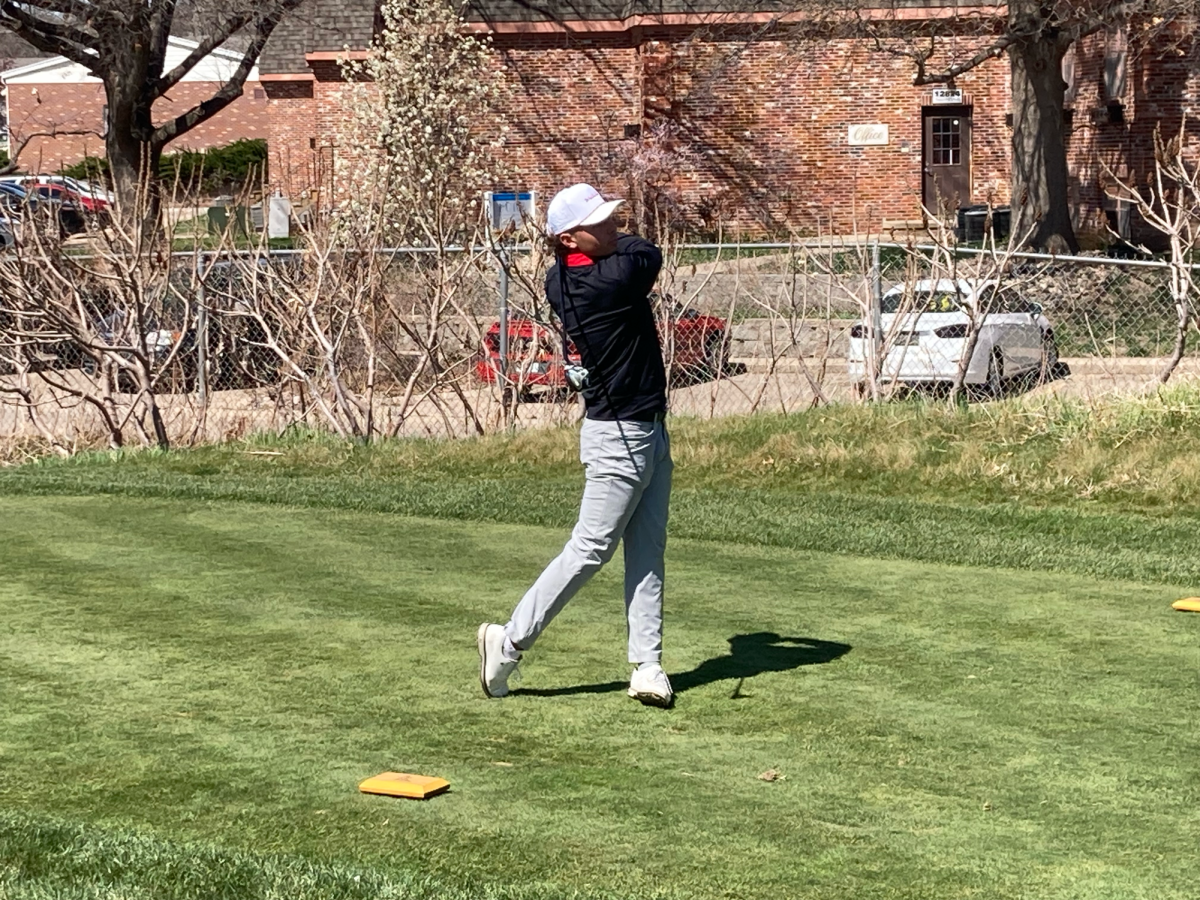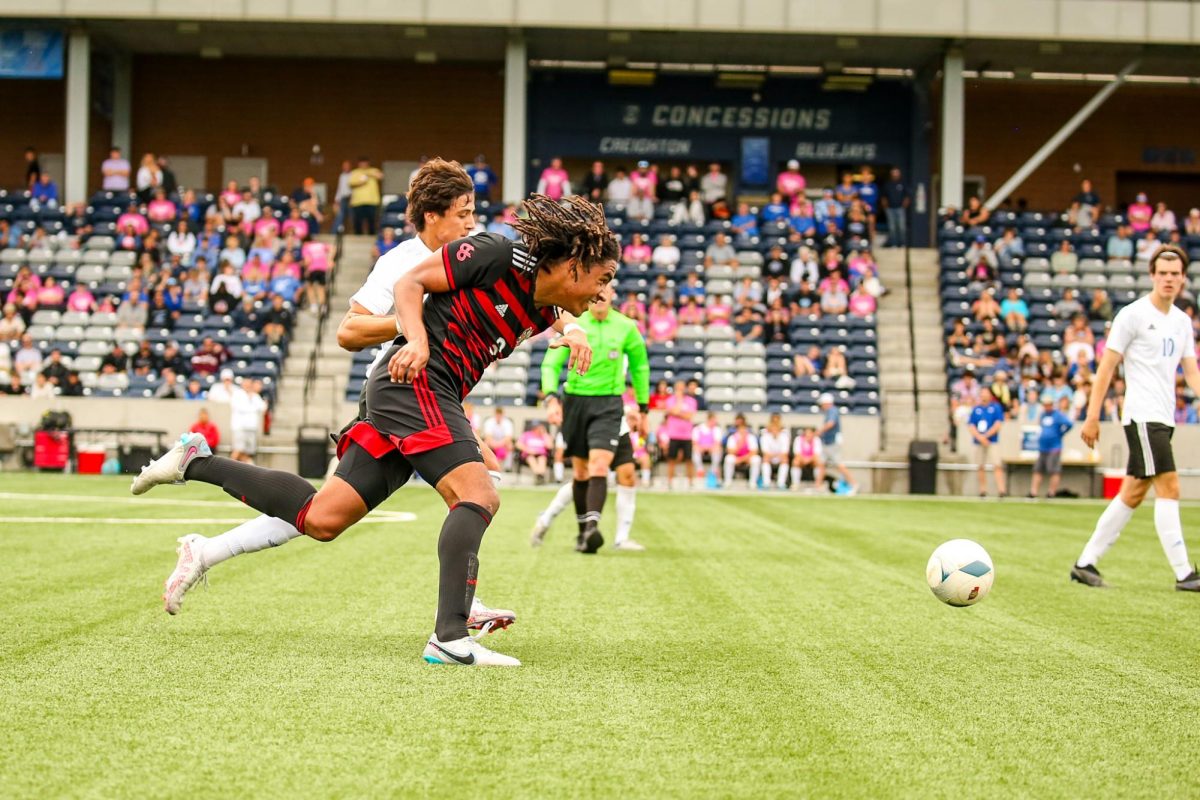Football is a large part of American culture. Families sit in front of their TV screens to watch the big game, cheering or booing at whatever outcome occurs. Many parents are proud to send their children into the football world, some starting their kids off as young as five.
Other parents, however, are worried and don’t allow their children to play. The risk of head trauma is many times too great for some families to ignore.
CTE stands for chronic traumatic encephalopathy. According to the National Institutes of Health (NIH), a group dedicated to studying medical conditions to help future cases, it’s a disease that causes brain damage similar to what is seen in patients with Alzheimer’s and is caused by repetitive hits to the head.
An NIH research team analyzed 152 donated brains. The donors had a history of contact sports and were younger than 30 at their time of death. In the end, it was discovered that 40% of the donors had CTE. The leading cause of death in these cases was suicide.
According to the NIH, three-fourths of the people with CTE played American football while others participated in hockey, soccer, or wrestling. Taking this into consideration, the protocols for tracking concussions have changed in order to keep the players safe.
“Back in the day, it was ‘I got my bell rung’ or ‘I don’t feel right’ and then the response was ‘get a drink of water and get back in there,’” wrestling coach Michael Jernigan said. “Now, our athletes are monitored by doing an impact test.”
The impact tests are set up to test if players suffering from a head impact are not acting like they usually do. Players take the test before getting involved in games to figure out a base score.
“The test is run during either a student’s freshman or sophomore year to get a baseline score on how they react to certain questions,” Jernigan said. “They’re asked what color something is and are tested for how fast they pick that color, which gives the baseline.”
After this base score is achieved, this is then used to determine if a student is acting differently from their usual after getting hit in the head.
“When they have suspicion of concussion symptoms, they put them back on the same test and see where they rise or fall off of their baseline,” Jernigan said. “There is no such thing as a ‘mild’ concussion. You either have one or you don’t.”
Although wrestling is in the top four sports that are most likely to cause CTE, the statistics jump between soccer and wrestling.
“Concussions are pretty rare in wrestling, especially when you have two very good wrestlers who have done it before,” Jernigan said. “They know where to put their head and how to get into good positions with their hands and feet.”
That being said, injuries can still occur.
“We don’t do a lot of live wrestling so that we can minimize the injuries,” Jernigan said. “We also push for nutrition and hydration. When you’re hydrated and have great food in your body, you’re less susceptible for those things to happen.”
When it comes to tournaments, an on-sight doctor as well as the coaches and trainers watch what’s going on during each match. Everyone involved is trained to be on the lookout for anything that may go wrong.
“A doctor could say yes to continuing a tournament, but if I don’t feel it’s safe, I can end it early,” Jernigan said. “Sometimes some parents and coaches want their kid to get back in there and that’s when officials have to say no.”
While head injuries in wrestling are rare, the title of sport with the highest percent of concussions belongs to American football.
“Our coaches are educated on how to properly fit helmets,” football coach Paul Limongi said. “Our kids are issued guardian caps which are like padded helmet covers, and those help to reduce the pounding during contact practices.”
No-contact practices can be difficult to work with due to the nature of football, but smaller changes can be made.
“We may participate in practice with just helmets or with no pads,” Limongi said. “We try to limit concussions as best we can, especially in practice where things are better structured and monitoring players is easier.”
Limongi works to teach players how to properly tackle, block and hit in order to keep their heads safe during games. However, concussions can still be common occurrences.
“We tell all our players during the season about the effects of getting a concussion and the things they need to do to prevent them as best they can,” Limongi said. “If a player has any type of dizziness or feels any effects from a hard hit, we have them see our trainers right away and let the experts handle it.”
Although the risk of injury in football is high, Limongi believes the experience of the game is worth it.
“I think what football teaches you is something really special,” Limongi said. “It teaches kids how to work as a team and the ability to set goals and try to strive for something that’s bigger than themselves.”
Jernigan holds the same opinion of wrestling, but also offers some warnings.
“It’s hard,” Jernigan said. “Now that I’ve had two knee surgeries and neck problems and all the broken noses and my cauliflower ear, there’s some days where it’s tough to get out of bed. However, the attitude and the effort and the mindset and the discipline and all the other little things that I’ve learned through the sport and being around people who have taught me more about those things? I wouldn’t change it for the world.”
Although the dangers of head impacts are very real, the coaches work hard to ensure that injuries happen as little as possible.
“Making sure that the kids are safe and feeling healthy and confident about what they do is the most important thing,” Jernigan said.








